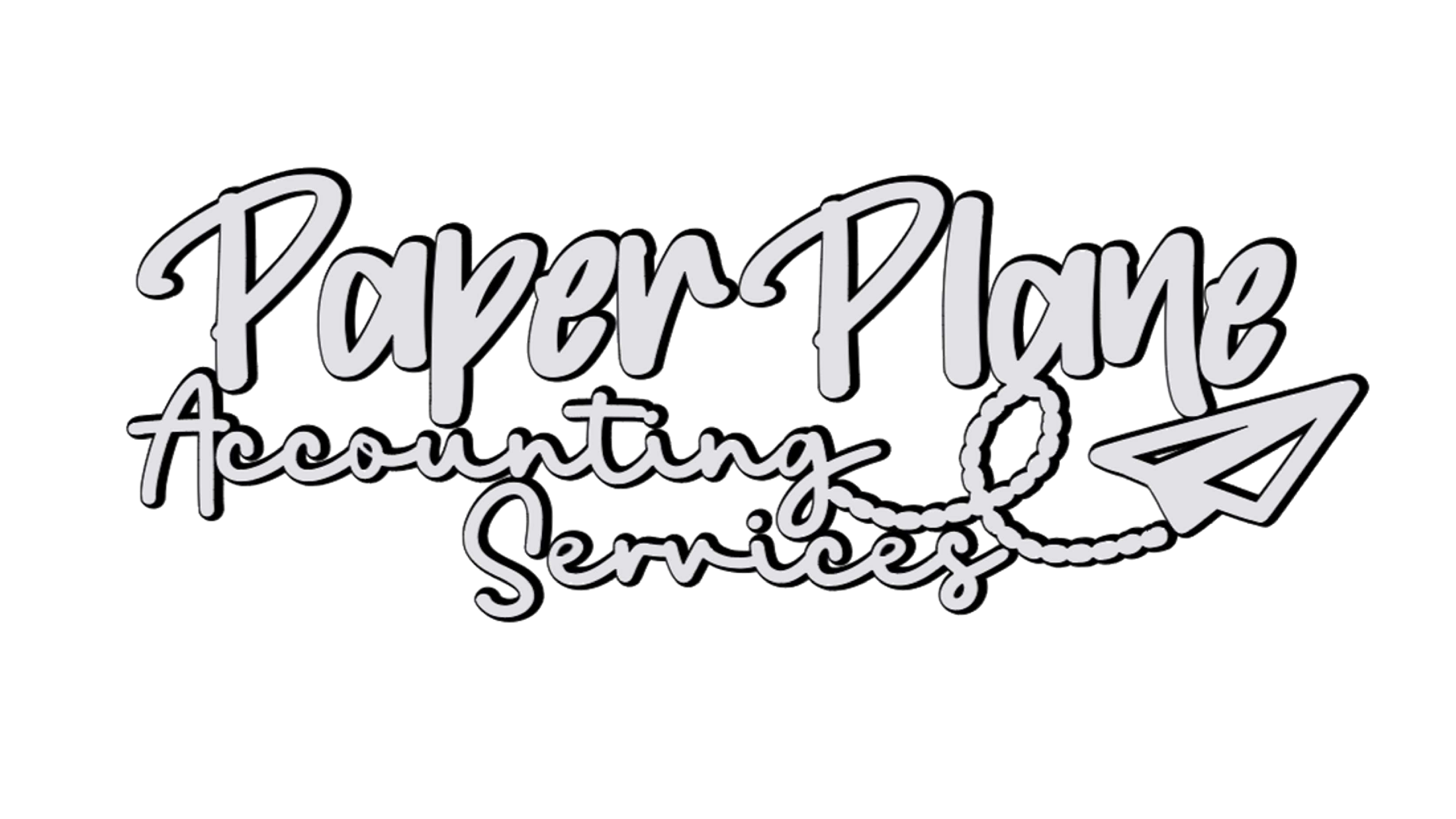If you’re a small business owner, understanding 1099 reporting requirements is essential to stay compliant with tax regulations. This guide simplifies the process, helping you determine when to issue a 1099, what to report, and how to use a W-9 form effectively. Let’s dive in!
When Are 1099s Required?
1099 forms are required to report payments made to non-employees during the tax year. Here’s a quick checklist:

- Payments to Independent Contractors: If you paid $600 or more for services (not goods) to an unincorporated business or individual, you must issue a 1099-NEC.
- Rent Payments: If you paid $600 or more for rent to a landlord, issue a 1099-MISC (except if the landlord is a corporation).
- Legal Services: Payments of $600 or more to attorneys must be reported, even if they’re incorporated.
- Royalties: If you paid $10 or more in royalties, issue a 1099-MISC.
- Other Income: Payments like prizes, awards, or other forms of income totaling $600 or more are reportable on a 1099-MISC.
Exceptions:
- Payments to corporations (except legal and medical services).
- Payments made via credit card or third-party processors (reported by the processor on a 1099-K).
- Employee wages (reported on a W-2, not a 1099).
What Should Be Reported on a 1099?
Use this guide to determine reportable payments:
Commonly Reported Payments:
- Fees for services performed by non-employees.
- Professional fees (e.g., accountants, consultants).
- Rent for office space or equipment.
- Prizes and awards for non-employees.
Non-Reportable Payments:
- Payments for goods.
- Reimbursements for expenses (with receipts).
- Payments made to tax-exempt organizations.
When to Request a W-9 Form
A W-9 form helps you collect information about your vendors to determine if a 1099 is required. Here’s when to ask for it:
- Before paying any vendor or contractor.
- For anyone you expect to pay $600 or more during the year.
- From all landlords you’re renting from (unless you’re sure they’re incorporated).
How to Use a W-9 to Decide on 1099 Reporting
Once you have a completed W-9 form, follow these steps:
- Verify the Vendor’s Tax Classification:
- Check the “Federal Tax Classification” box on the W-9.
- If the vendor is an individual, sole proprietor, or single-member LLC, you likely need to issue a 1099 if payments exceed $600.
- Corporations typically don’t require a 1099 (exceptions: attorneys and medical services).
- Check the Taxpayer Identification Number (TIN):
- Ensure the TIN is valid and matches the vendor’s name.
- Record the Address:
- Use the address on the W-9 to send the 1099 form.
- Determine the Type of Payment:
- Refer to the “What Should Be Reported on a 1099?” section to decide.
References to Trustworthy Sources
Pro Tips for Managing 1099s
- Track Payments Throughout the Year: Use accounting software to categorize vendor payments and flag those requiring a 1099.
- Keep W-9s on File: Maintain a digital or physical copy for all vendors.
- Verify Vendor Details Annually: Ensure information is up-to-date before issuing 1099s.
- File on Time: Send 1099 forms to recipients by January 31 and file with the IRS by the appropriate deadline.
This guide serves as a handy reference to simplify your 1099 reporting process. Bookmark it for future tax seasons, and don’t hesitate to consult a tax professional for complex situations. If you need personalized assistance, Paper Plane Accounting is here to help. Accurate reporting ensures compliance and keeps your business running smoothly.
